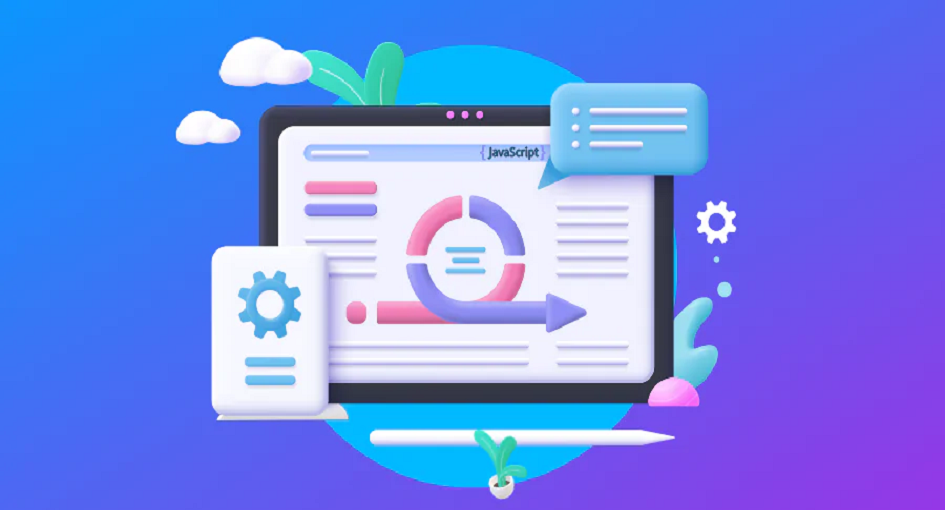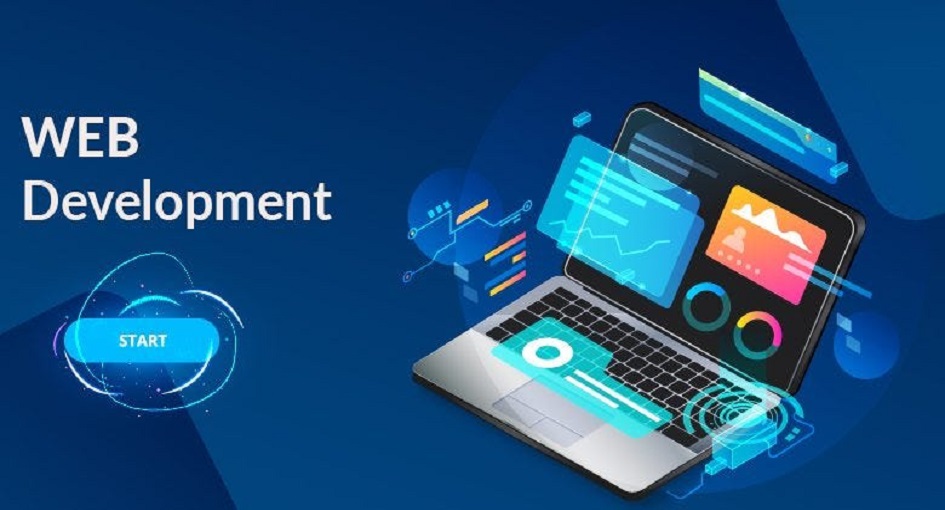
In the digital age, establishing an online presence is not just an option but a necessity. Whether you’re an aspiring blogger, a budding entrepreneur, or someone with a passion for technology, website development is a skill that can empower you to create, share, and connect with a global audience. This comprehensive guide is designed specifically for beginners, providing a step-by-step roadmap into the fascinating world of website development. By the end of this article, you will have a solid grasp of the fundamental concepts and practical skills required to build your own website from scratch.
Demystifying the concept of website development, outlining its significance in today’s digital landscape. Site development is the process of creating, building, and maintaining websites. It encompasses various tasks, including web design, web content development, client-side/server-side scripting, and network security configuration.
Front-End vs. Back-End Development
Get a clear picture of the two primary facets of web development: front-end (what users see) and back-end (the engine behind the scenes). Front-end development deals with the visual aspects of a website, ensuring a user-friendly and appealing interface. Back-end development focuses on server-side operations, managing databases, and ensuring the website’s functionality.
Essential Web Technologies
Familiarize yourself with the core technologies that power the web, including HTML, CSS, and JavaScript. HTML (Hypertext Markup Language) forms the structure of web pages, defining headings, paragraphs, links, and multimedia elements. CSS (Cascading Style Sheets) controls the presentation, enhancing the visual appeal with styles and layouts. JavaScript adds interactivity and dynamic features to websites, making them more engaging for users.

To embark on your site development journey, you’ll need the right tools and environment. Let’s set up your digital workspace.
Choosing a Code Editor
Explore popular code editors like Visual Studio Code and Sublime Text, and learn how to set up your preferred environment. A code editor is where you’ll write, edit, and organize your website’s code. It provides features like syntax highlighting and auto-completion to streamline the coding process.
Version Control with Git
Understand the importance of version control and discover how Git can help you manage your project efficiently. Version control allows you to track changes to your code, collaborate with others, and revert to previous versions if needed. Git is a widely used version control system that ensures code integrity and collaboration ease.
Local Development Server
Learn how to create a local server to test your website before making it live on the internet. A local development server allows you to preview your website’s functionality in a controlled environment. It’s a crucial step to catch and fix issues before your site goes live.
HTML, or Hypertext Markup Language, is the bedrock of web development. This chapter covers the essentials.
Anatomy of an HTML Document
Gains a solid understanding of the basic structure of an HTML document. An HTML document consists of elements that define the structure and content of a web page. Elements are enclosed in tags, which specify how content should be displayed.
HTML Elements and Tags
Learn about common HTML elements and tags, and how to use them to structure your web content. Elements like headings, paragraphs, lists, and links are fundamental building blocks for creating web pages. Tags are used to mark the beginning and end of elements.
Links and Images
Explore the world of hyperlinks and discover how to embed images in your web pages. Hyperlinks allow users to navigate between web pages, while images enhance visual appeal and convey information effectively.
Cascading Style Sheets (CSS) is your ticket to making your website visually appealing and user-friendly. Let’s dive into the world of styling.
Introduction to CSS
Understand the role of CSS in web development and how it complements HTML. CSS is responsible for the look and feel of a website. It defines styles, such as colors, fonts, margins, and layouts, to create a cohesive visual design.
CSS Syntax and Selectors
Dive into the CSS syntax and selectors that allow you to apply styles to your HTML elements. CSS rules consist of selectors (target elements) and declarations (style instructions). Selectors can target elements by type, class, or ID.
Styling Text and Layouts
Explore how to style text, backgrounds, and layouts using CSS, creating a captivating visual experience. CSS properties like font-size, background-color, and margin enable precise control over the appearance of web elements.

JavaScript breathes life into your website, enabling interactivity and dynamic features. Let’s infuse your web pages with JavaScript magic.
Introduction to JavaScript
Discover the power of JavaScript and how it enhances your website’s functionality. JavaScript is a versatile scripting language used for client-side web development. It enables actions like form validation, animations, and responsive design.
Variables, Data Types, and Operators
Master the basics of variables, data types, and operators in JavaScript. Variables store data, and JavaScript supports various data types like numbers, strings, and booleans. Operators perform actions on data, allowing you to create dynamic functionality.
Functions and Events
Learn how to create functions and handle events, paving the way for a more engaging user experience. Functions are reusable blocks of code that perform specific tasks. Events are user actions like clicks and keystrokes that trigger JavaScript functions.
In conclusion, armed with the knowledge and skills you’ve gained from this comprehensive guide, you’re now equipped to embark on your web development journey. Building websites is not just a valuable skill; it’s an opportunity to express yourself, share your passions, and connect with the world. Every great website starts with the first line of code, and yours is no exception. Happy coding!